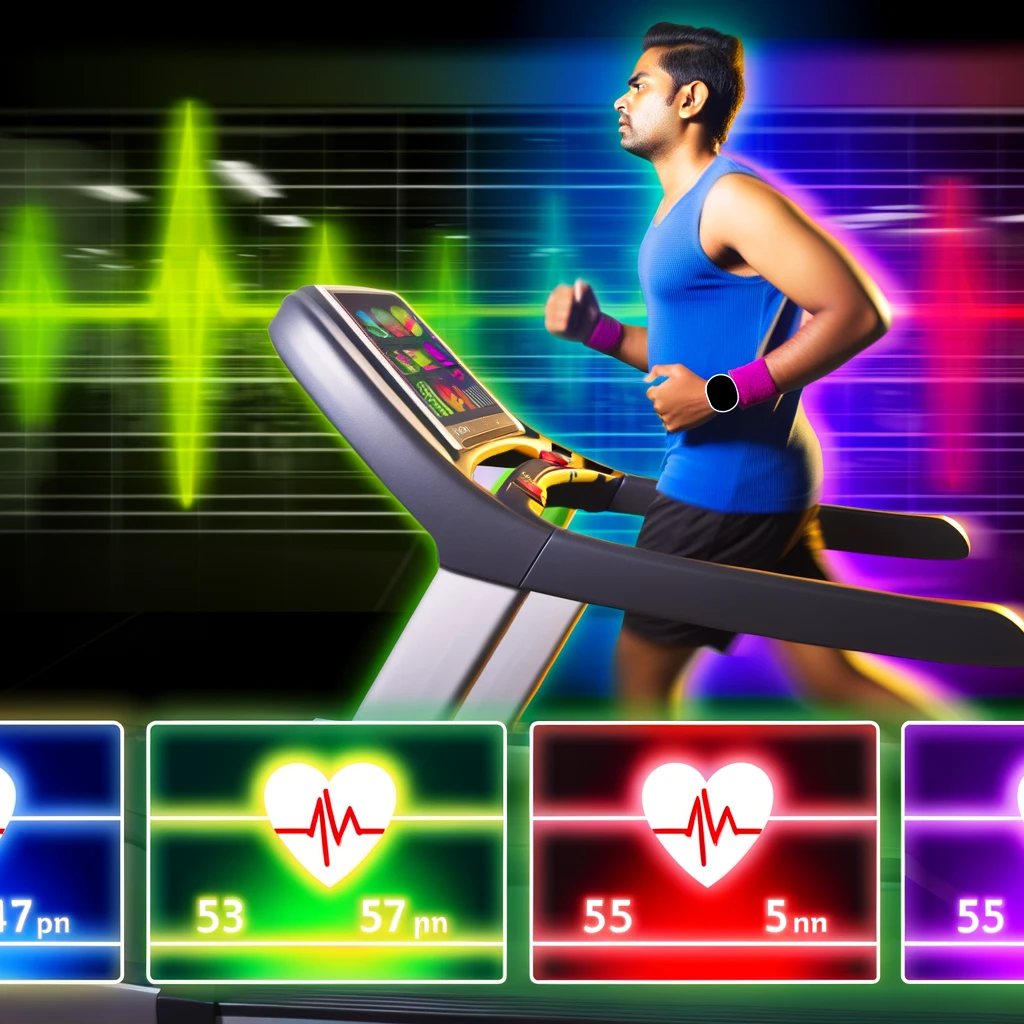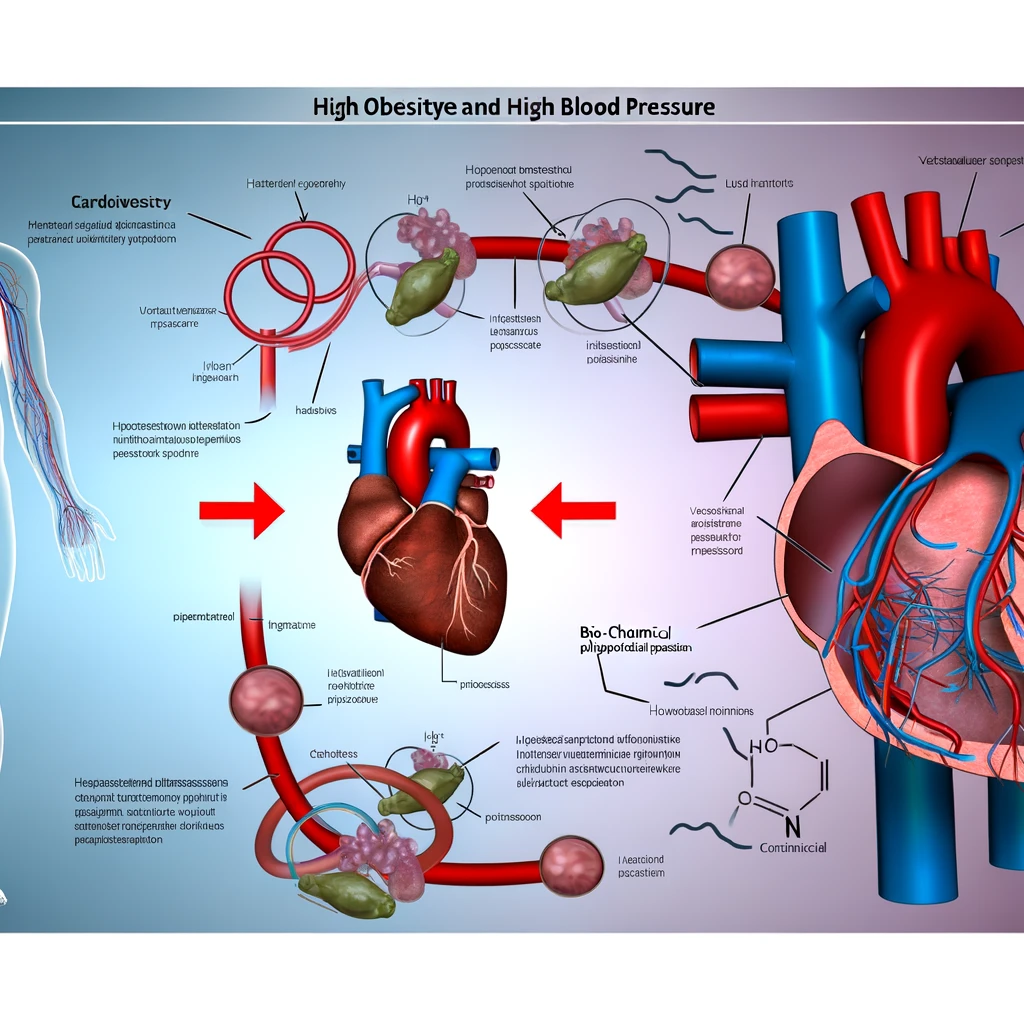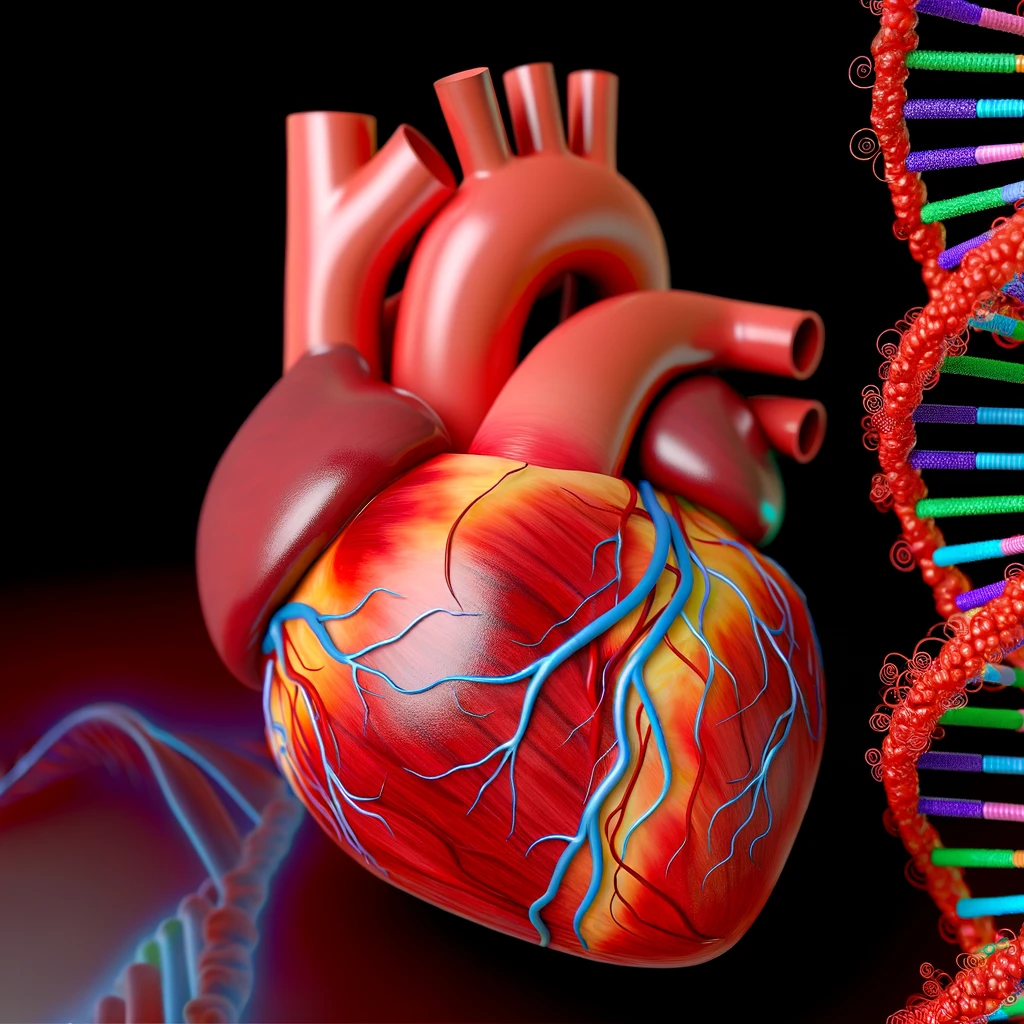
Understanding Heart Rate Zones for Optimal Workouts
Heart rate zones are a crucial component of cardiovascular training, providing a structured approach to exercise intensity. By understanding and utilizing these zones, you can enhance your workouts, improve your fitness level, and promote cardiovascular health effectively.
What Are Heart Rate Zones?
Heart rate zones are specific ranges that represent different levels of exercise intensity, expressed as a percentage of your maximum heart rate. Each zone has unique benefits and understanding them allows you to tailor your workouts according to your fitness goals.
The Five Heart Rate Zones
- Zone 1 (50-60% of Maximum Heart Rate): Known as the warm-up or recovery zone, this is ideal for warming up or cooling down. It aids in enhancing general health and improving circulation.
- Zone 2 (60-70% of Maximum Heart Rate): Often referred to as the fat-burning zone, this level promotes endurance building and is effective for weight loss.
- Zone 3 (70-80% of Maximum Heart Rate): The aerobic zone, where cardiovascular fitness significantly improves, enhancing your heart and lung capacity.
- Zone 4 (80-90% of Maximum Heart Rate): Known as the anaerobic threshold zone, this level is for advanced training, increasing speed and power.
- Zone 5 (90-100% of Maximum Heart Rate): The red line zone, pushing your limits to improve performance and speed. Usually reserved for short bursts due to its intensity.
How to Calculate Your Maximum Heart Rate
To determine your maximum heart rate, subtract your age from 220. For instance, if you are 30 years old, your maximum heart rate is approximately 190 beats per minute (BPM). This calculation provides a baseline for determining your heart rate zones.
Maximizing Workouts with Heart Rate Zones
By training in different heart rate zones, you can structure your workout sessions to meet specific fitness objectives. Here’s how:
Enhancing Cardiovascular Health
Training primarily in Zone 2 and Zone 3 can significantly improve your cardiovascular health. These zones promote heart efficiency and endurance, reducing the risk of heart disease.
Boosting Fat Loss
Zone 2 is optimal for fat burning. Exercising in this zone encourages the body to use fat as a primary fuel source, aiding in weight management.
Improving Speed and Performance
For athletes aiming to enhance speed and performance, incorporating Zone 4 and Zone 5 training into their regimen is essential. These zones help in building muscle strength and improving athletic capabilities.
Practical Tips for Heart Rate Zone Training
- Use a heart rate monitor: This is the most accurate way to track your heart rate and ensure you are working within the desired zone.
- Start slow: If you are new to heart rate training, begin with lower intensity zones and gradually progress as your fitness improves.
- Listen to your body: While heart rate zones provide a guideline, it’s important to pay attention to how your body feels during exercise.
Conclusion
Understanding and utilizing heart rate zones can transform your workouts, providing a personalized approach that aligns with your fitness goals. Whether you aim to improve cardiovascular health, lose weight, or enhance athletic performance, heart rate zone training offers a roadmap to achieve these objectives efficiently.
Related Articles




